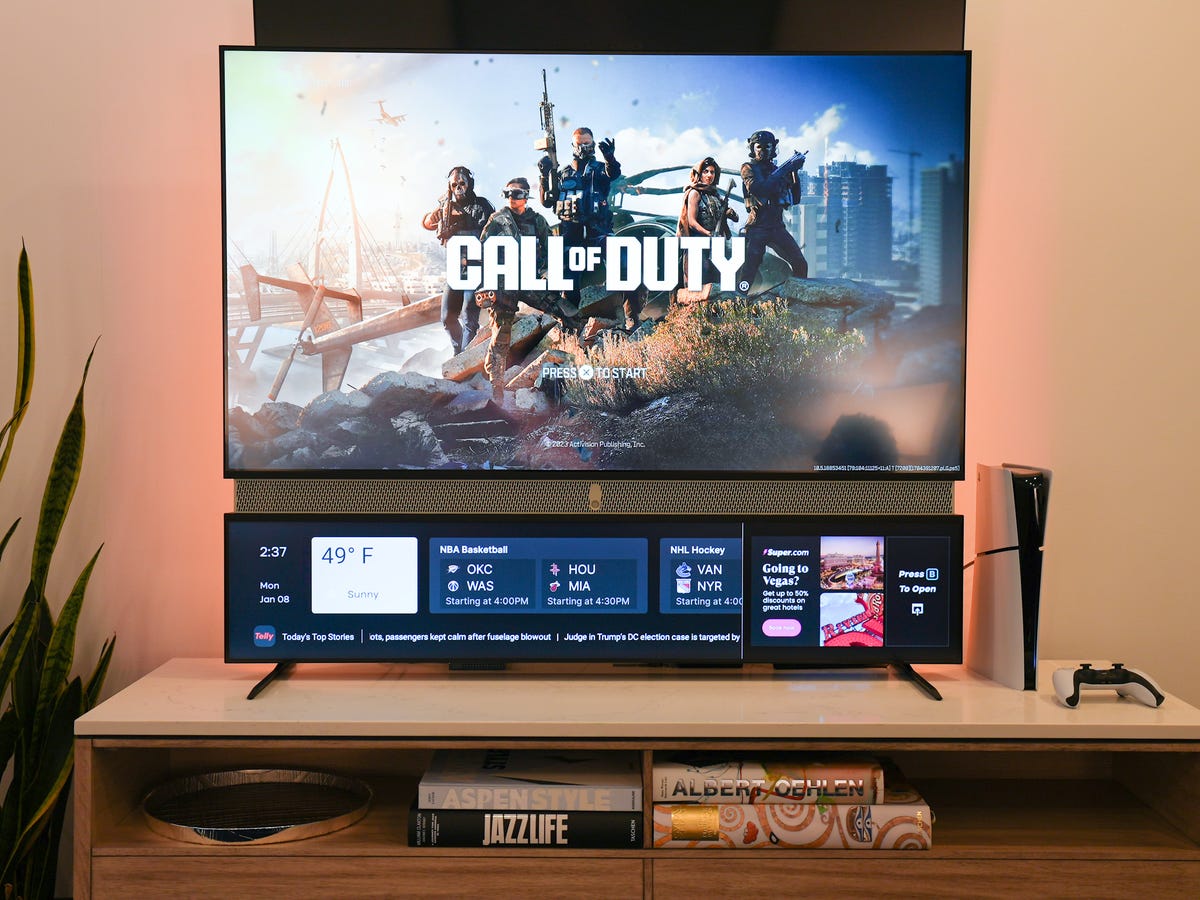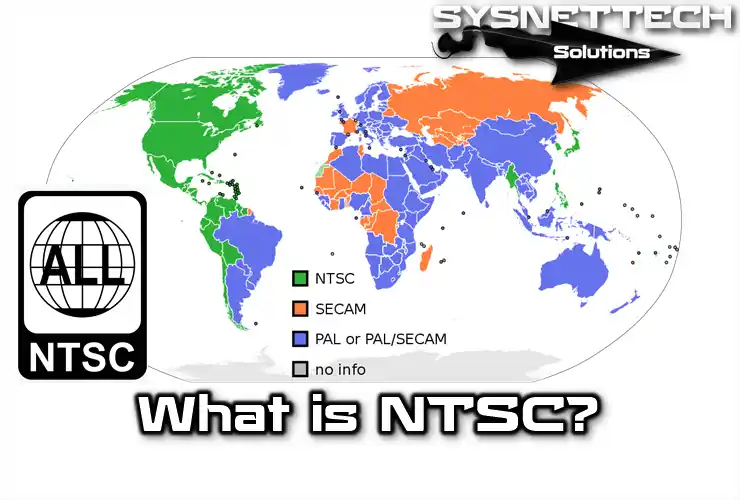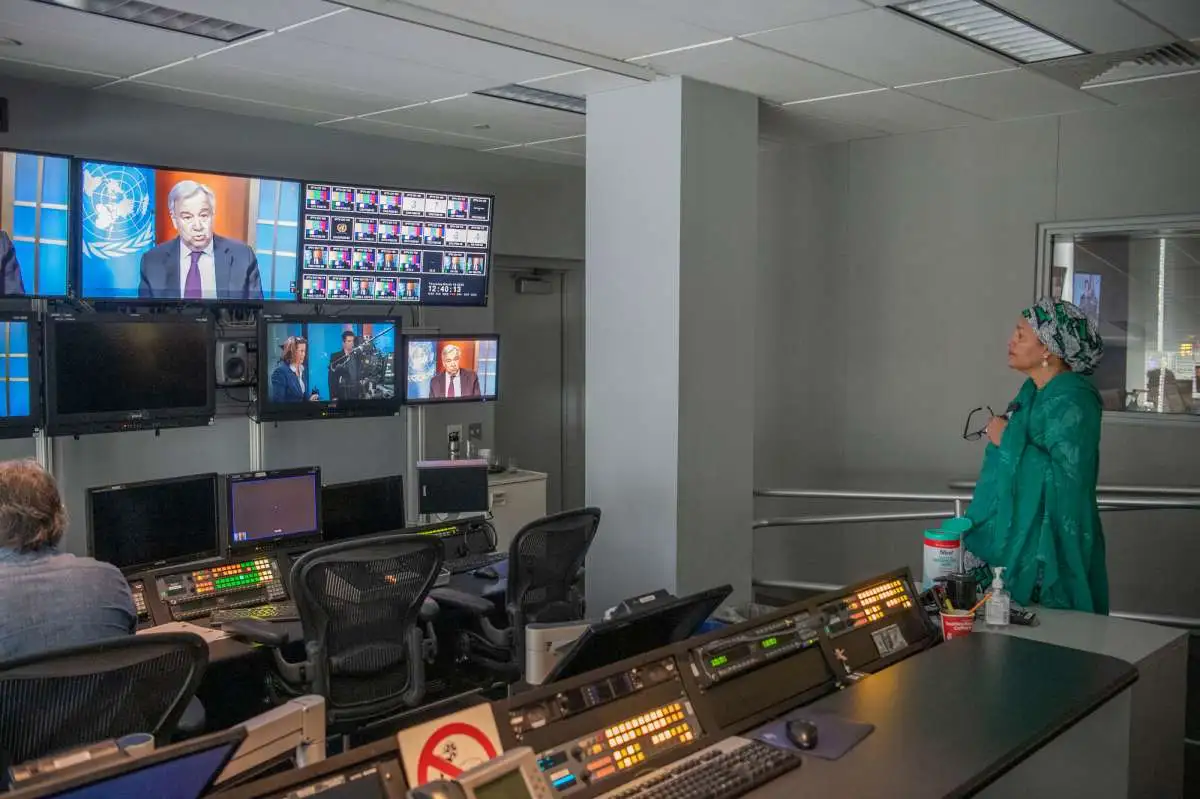There are various television Guidelines around the world. Not all TVs on the planet are similar. Nations utilize one of the three primary video guidelines Buddy, NTSC or SECAM. This means a video from a Buddy nation won't play in a country that utilizes the NTSC standard.
Frames
Before we plunge profound into the different television Guidelines we will investigate a couple of nuts and bolts of television transmission. A TV transmission comprises of a bunch of quickly changing pictures to give a deception of nonstop moving picture to the watcher.

The photos need to come at a pace of 20 pictures each second to make this deception. Every one of these quickly changing pictures is a casing. A normal television transmission is at 25-30 casings each second (fps).
Lines
Each casing comprises of a few firmly dispersed lines. The lines are examined from left to right and from top to left. A normal television picture comprises of 525 to 625 lines.
Taking into account this huge number of lines, if all somehow managed to be thought of consistently the image would start to blur at the top when the last line is composed. To stay away from this, the primary edge conveys the odd numbered lines and the following casing conveys the even numbered lines. This gives consistency in the image and this is called joining.
Timing
Television inputs require a source to time the quick progression of edges on the screen. Originators chose to involve the Mains power supply recurrence as this hotspot understandably.
The first was that with the more seasoned sort of force supply, you would get moving murmur bars on the television picture on the off chance that the mains supply and power source were not at the very same recurrence.

The second was that the television studio lights or besides all fluorescent, non radiant lights glint at the mains recurrence. Since this glint is a lot higher than 16 times each second the eye doesn't recognize it.
Anyway this glint could develop into an incredibly articulated low recurrence glimmer on television screens due to a "beat" recurrence produced between the light flash and the mains recurrence. This would have made programs un-visible especially in the beginning of advancement of Television inputs.
The two mains power frequencies overall are 50Hz and 60Hz. This truly intended that there was a prompt division in the television principles - the one with 25 casings each second (50 Hz) and 30 edges each second (60 Hz). A large portion of the similarity issues between television principles across the world come from this essential contrast in frequencies.
NTSC (National Television Standards Committee)

Most of 60Hz based nations utilize a method known as NTSC initially created in the US by a center council called the Public TV Norms Board of trustees. NTSC (frequently entertainingly alluded to as Never Two times A similar Variety) works entirely in a video or shut circuit climate however can display issues of differing variety when utilized in a transmission climate.
PAL (Phase Alternate Lines)
This tone change issue is brought about by shifts in the variety sub-transporter period of the sign. A changed variant of NTSC before long seemed which contrasted mostly in that the sub-transporter stage was switched on each subsequent line.
This is known as Buddy, representing Stage Substitute Lines (it has a great many entertaining abbreviations including Pictures Finally, Pay for Added Extravagance and so on). Buddy has been embraced by a couple of 60Hz nations, most strikingly Brazil.
SECAM
Among the nations in light of 50Hz frameworks, Buddy has been the most generally taken on. Buddy isn't the main variety framework in that frame of mind with 50Hz; the French planned their very own arrangement.
Essentially for political motivations to safeguard their homegrown assembling organizations - which is known as SECAM, representing Consecutive Couleur Avec Memoire. The most widely recognized playful abbreviation is Framework Basically In spite of American Strategy.
SECAM ON PAL
Some Satellite television transmissions (generally Russian) that are accessible over India, are in SECAM Since the field (25 casings/sec) and output rates are indistinguishable, a SECAM sign will replay in B&W on a Buddy television as well as the other way around.
Notwithstanding, transmission frequencies and encoding contrasts make gear contrary from a transmission perspective. For similar explanation, framework converters among Buddy and SECAM, while frequently challenging to track down, are sensibly modest.

In Europe, a couple of Direct Satellite Telecom administrations utilize a framework called D-Macintosh. Its utilization isn't far and wide as of now and it is trans-coded to Buddy or SECAM to allow video recording of its signs. It incorporates highlights for 16:9 (widescreen) viewpoint proportion transmissions and a possible movement way to Europe's proposed HDTV standard.
There are other Macintosh based principles being used all over the planet remembering B-Macintosh for Australia and B-MAC60 on a few confidential organizations in the USA. There is likewise a second European variation called D2-Macintosh which upholds extra sound channels making sent signals incongruent, however not baseband signals.
Frequently Asked Questions!
What are the world standards of television?
There are three fundamental world norms and the rest are minor parts of these primary frameworks. The frameworks are NTSC, Buddy, SECAM. The outlines beneath give a portrayal of every norm and the specialized varieties inside them.
What are the 4 television broadcast standards?
Four fundamental transmission video norms are utilized all over the planet: NTSC, Buddy, SECAM, and HDTV. NTSC is utilized in the US and Japan and characterizes a 525-line entwined signal at 60Hz. Buddy is utilized in Europe and has a 625-line joined signal at 50Hz. SECAM contrasts from NTSC and Buddy in its variety encoding innovation.
Is there an ISO standard for technology?
The Global Association for Normalization (ISO) distributes a bunch of ISO Certificate for IT Industry that guarantees the quality and productivity of a business. Enlisting to such global principles assists IT associations with laying out their believability on the lookout.







